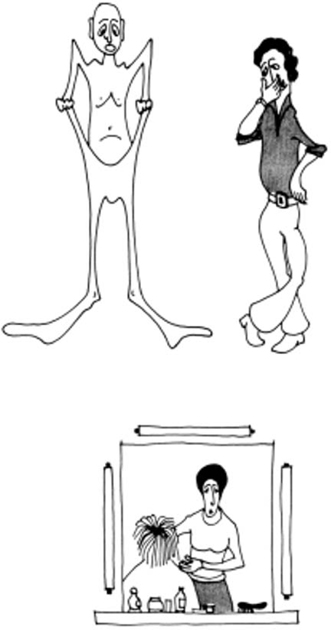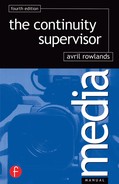While things are daily getting busier in the production office, others are working equally hard in their own fields.
Costume
The first thing the costume designer does is to read the scripts and make notes on the period and the type of costumes needed. If it is to be a period production, much research will follow to ensure historical accuracy down to the smallest detail.
Consultations follow with the director over the designer’s ideas, and agreement is reached.
The designer notes the continuity of dress from one scene to another in the script and a careful watch is kept on this during the shooting.
As soon as the artists are booked, they are contacted, measurements taken and discussions held. They often have to attend a number of fittings as the work of making costumes progresses.
Moving all the costumes around is a sizeable operation. Often location work can mean cramped, inadequate room for storage, washing, ironing and changing.
As with most things, speed is essential, and it is quite a feat to have a couple of coachloads of supporting artists changed and on the set in double quick time.
Make-Up
The make-up artist also reads through the script carefully to determine the period and type of make-up needed. Research is done and notes made on any special make-up, like beards, wigs etc. and any peculiarities relating to continuity, for example, a wound that gradually heals over a number of scenes.
The artists are contacted in the same way as for costume.
During shooting the make-up assistants constantly hover round the set ready to touch up make-up that is wilting under the lights.

Costume have their own problems contending with unusual shaped garments and unusual shaped actors, while make-up orders wigs, and researches into the correct make-up for the period.
